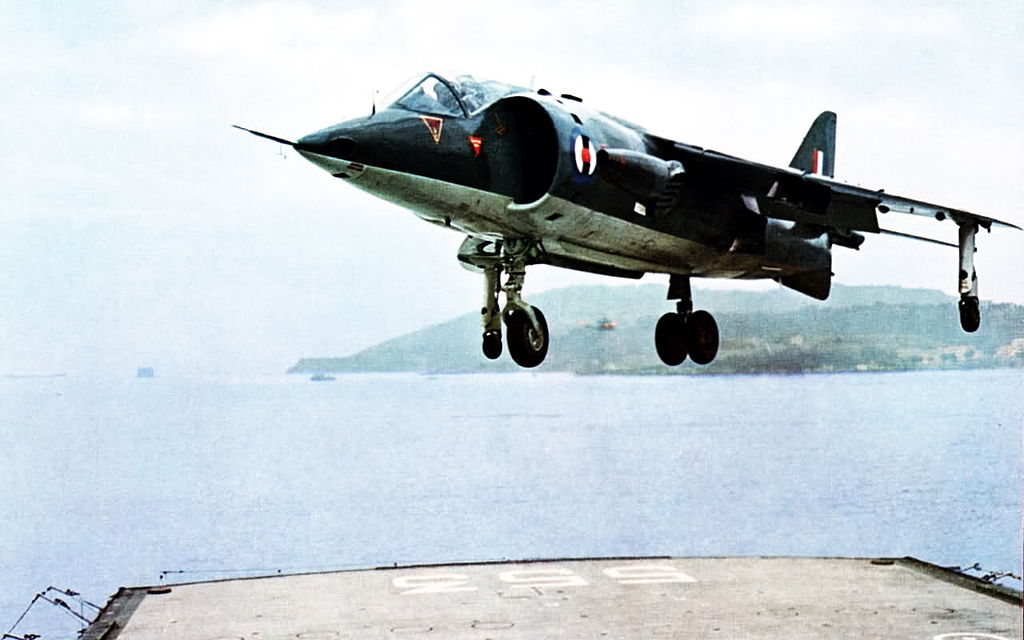Admiral Beez
Captain
Assuming you have to go ahead with an idiotic invasion of the Falklands, what's the best plan for the Argentine air force and fleet air arm?
My thinking is a priority would be extending the Stanley airport so that Mirages and Super Etendards can operate. And take the leap that Reagan won't tolerate Britain bombing Argentina's cities so focus your fighters and bombers on supporting the invasion not mainland air defence.
Other ideas?
My thinking is a priority would be extending the Stanley airport so that Mirages and Super Etendards can operate. And take the leap that Reagan won't tolerate Britain bombing Argentina's cities so focus your fighters and bombers on supporting the invasion not mainland air defence.
Other ideas?


